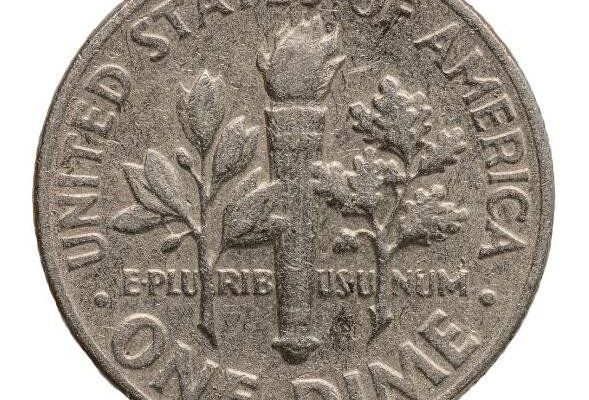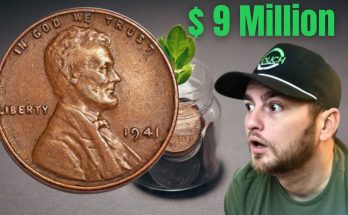IF you have a 1968 No S Dime tucked away in your collection, you might be sitting on a small fortune.
This rare coin has been known to fetch prices as high as $40,800 due to its unique characteristics and historical significance.
The 1968 No S Dime, designated as FS-501, is one of the most sought-after proof errors in US numismatics, according to Heritage Auctions.
It emerged during a transitional period when the US Mint faced a shortage of circulating coins, leading to significant changes in minting practices.
In the mid-1960s, as the Mint transitioned from 90% silver to a copper-nickel clad composition, coins issued from 1965 to 1967 featured no mintmarks, aiming to discourage hoarding, per the auctioneering site.
In 1968, the Mint resumed issuing commercial proof sets with mintmarks, primarily from the San Francisco Mint.
However, a crucial error occurred: the “S” mintmark was inadvertently omitted from one die used for striking proof dimes.
This mistake resulted in a limited number of dimes being released without the expected mintmark before the error was caught.
WHY SO SPECIAL
According to Coin World, the discovery of these No S proofs was reported in their June 28, 1968, edition.
Today, it is estimated that only around two dozen examples exist, making them incredibly rare and highly coveted by collectors.
The 1968 No S Dime is listed among the 100 Greatest US Modern Coins, and its appeal has only grown over the decades.
This particular PR69 specimen is noteworthy not only for its rarity but also for its pristine condition.
Exact detail on the obverse of your quarter to make it worth $74,400 – but you need to look for the pinkish/olive hues
With fully struck design elements and nearly flawless surfaces, it features delicate amber alloy toning that adds to its visual allure.
The coin’s deeply reflective fields contrast beautifully with the frosty devices, producing a striking cameo effect when light strikes it at the right angle.
With a population of only two examples graded PR69 Cameo by the Professional Coin Grading Service (PCGS) and none finer, this coin represents a pinnacle of collecting excellence.
It’s an essential piece for any Registry Set and is well-documented in PCGS CoinFacts.
What is a die break or error on a coin?

What causes such defects on coins and why are they so rare to find?
A die break, also known as a cud, is an error on a coin that is formed when a die, (a metallic piece that is used to strike a coin) is missing a piece near the rim.
When dies strike coins, they have a heavy impact and pressure and the metal from the blank part of the coin, known as the planchet, overlaps the area left by the missing piece of the die.
Coins with such deformities are rare thanks to the strict quality control measures at the US Mint.
When such errors do occur, they are often caught and destroyed.
However, those that slip through the net become huge collector’s items worth much more than their face value.
Source: Littleton Coin Company
GREAT ERRORS
The value of error coins, especially those like the 1968 No S Dime, is not just a reflection of their rarity but also of their history.
Collectors value the stories behind such coins.
The No S Dime stands as a reminder of the Mint’s efforts to regulate coin circulation during a tumultuous time in U.S. history.
There are plenty of other coins that can make anyone who owns them bank.






